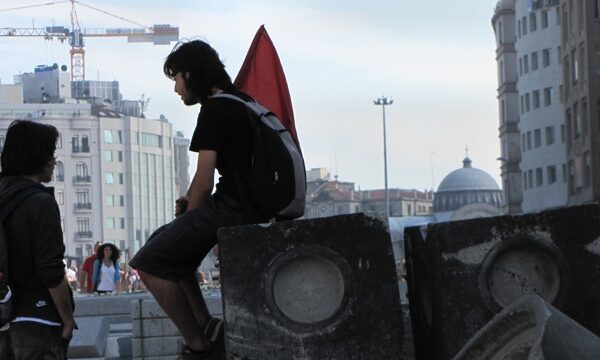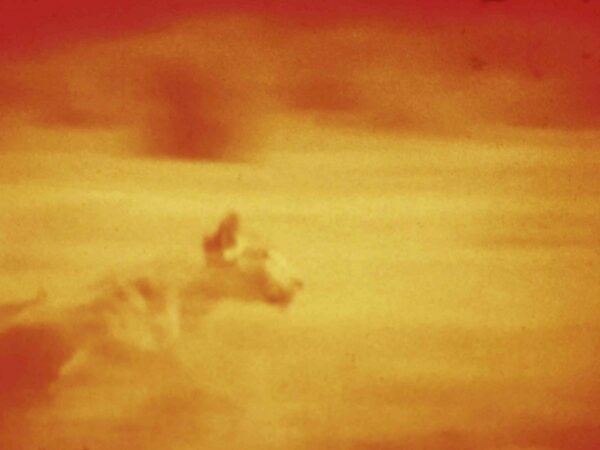kunstenaar
Alle KunstenaarsEleni Kamma
In haar boeken, tekeningen, videos en installaties onderzoekt Kamma hoe het mogelijk is om een architectuur tot stand te brengen die de binaire tegenstellingen afwijst die verankerd zijn in ons denkpatroon en die “andere” houdingen implementeert, veeleer dan ze alleen maar toe te laten. Haar interesse gaat vooral uit naar narratieve voorstellingen van transformatie.
Haar kunstpraktijk wordt beïnvloed door de tussenruimten en tegenstellingen die deel uitmaken van de bestaande culturele verhalen en structuren. Ons geheugen, onze ideeën over authenticiteit en identiteit zitten immers vol hiaten, stiltes, tegenstrijdigheden. Ze krijgen vaak vorm in tastbare objecten of in verhalen die stereotiep zijn doordat ze ontdaan worden van hun eigenlijke geschiedenis. Door classificatiesystemen, typering- en taxonomiemethoden te herbekijken, bestudeert ze de rol die het cliché, het banale en stereotiepe spelen in de manier waarop geschiedenis en betekenis tot stand komen. In haar werk ontvouwen zich gelijktijdig twee dingen. Ze onderzoekt het concept van tussenruimte door over ruimte na te denken en over het “uiterlijk” van een object dat een tussenruimte oproept. In haar recent werk onderzoekt ze hoe woorden en beelden naast elkaar kunnen bestaan en hoe ze betekenis creëren door communicatie te verstoren, hoe beelden en woorden begrip oproepen ook al lijken ze geen steek te houden.
Artist’s statement
In my books, drawings and videos, I investigate possibilities for a future architecture that rejects binary oppositional systems of thought and accepts rather than tolerates “other” positions. My interest lies in narrative representations of transformation.
My practice is informed by the inherent gaps and contradictions within existing cultural narratives and structures. These gaps or contradictions concern issues of memory, authenticity and identity. They often take the form of real objects or stories that are constituted as stereotypes through omission of their actual history. By revisiting systems of classification and strategies of description and taxonomy, I examine the relation of the cliché, the banal and the stereotype, to the formation of history and the production of meaning. Through my work, two things unfold at the same time; a direct exploration of the spatial in-between through reflection on space itself, but also the “appearance” of an object that suggests an in-between space. Through the continuous reconstitution of space and the constant re-construction of the object’s fragmented, edited, copied and pasted, repeated and replaced historical, etymological or representational descriptions and values, the formation, distribution and division of knowledge and experience are called into question. My recent body of work examines how can words and images co-exist and create meaning by disrupting it; make sense by seemingly letting meaning collapse.



